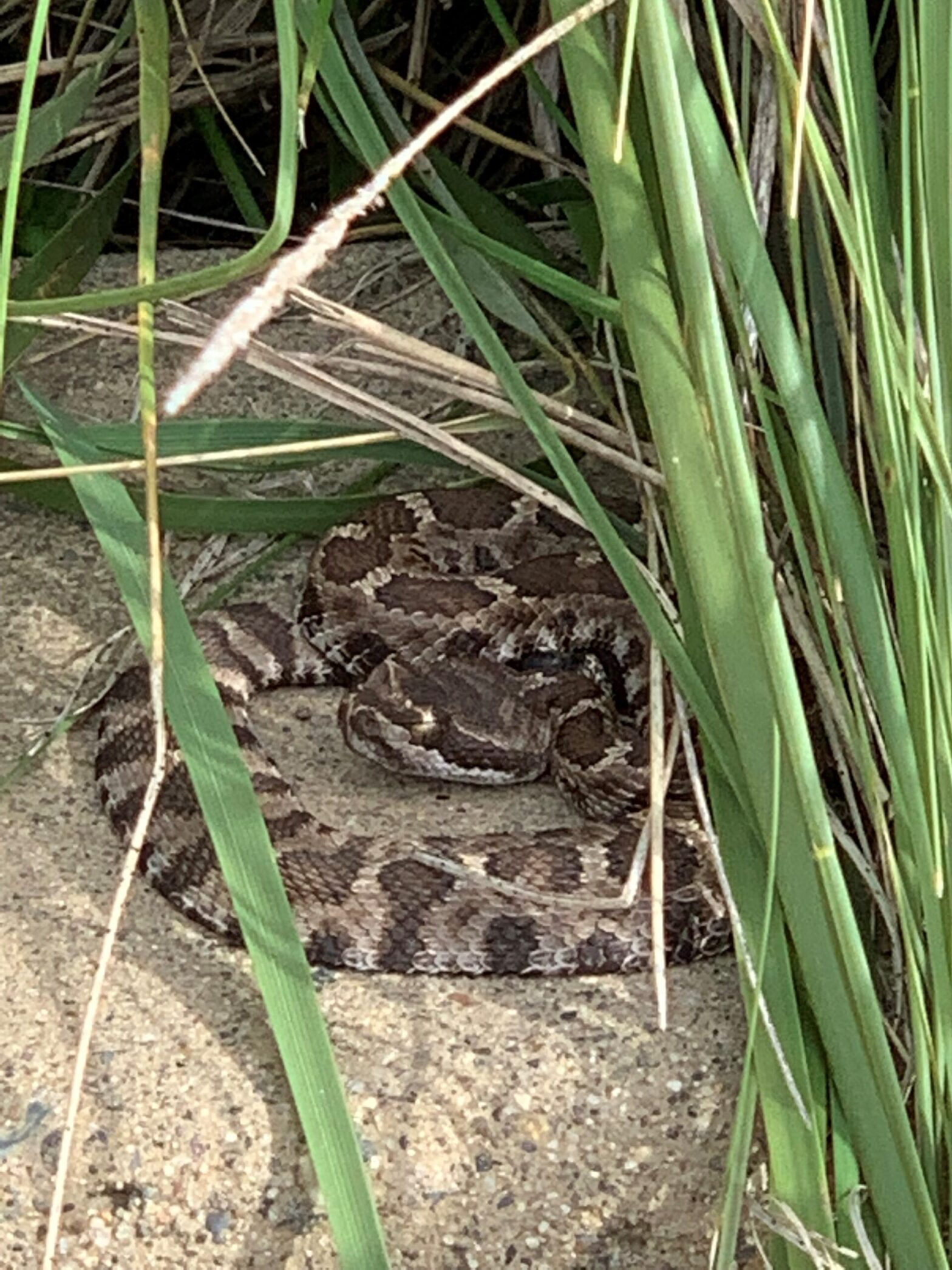Coyotes are common along the full 23-mile stretch of the American River Parkway. Here are a few things you need to know when it comes to interacting with them: Though you may see a coyote at any time of the day, they are most active at dawn and dusk. If you do see one, do not approach it and enjoy it from a distance. Coyotes are naturally curious and may follow or observe you from a distance. If a coyote gets too close, DO NOT RUN. Face the coyote and maintain eye contact. If a coyote gets aggressive, make loud noises and wave your arms. If this doesn’t work, throw rocks or sticks. Most encounters with coyotes result from the presence of a pet dog. This can be because the coyote sees the dog as potential competition, or – in the case of smaller dogs – as a food source. This is one reason why it is important to keep your dog on a leash at all times while on the Parkway. Keep small children and pets close if you see a coyote and do not leave them unattended while in coyote territory. January through March is coyote mating season. You may see coyotes exhibit more territorial behavior during this time. A coyote may “escort” your dog away from den/territory, food or pups during pup rearing season (Spring and Summer). It may also bluff charge your dog if it gets too close. If a coyote is aggressive, report the incident to Park Rangers by calling 3-1-1. Learn more about coyotes and how you can help keep them wild from the California Department of Fish and Wildlife.
Coyotes on the American River Parkway: Things to Know


